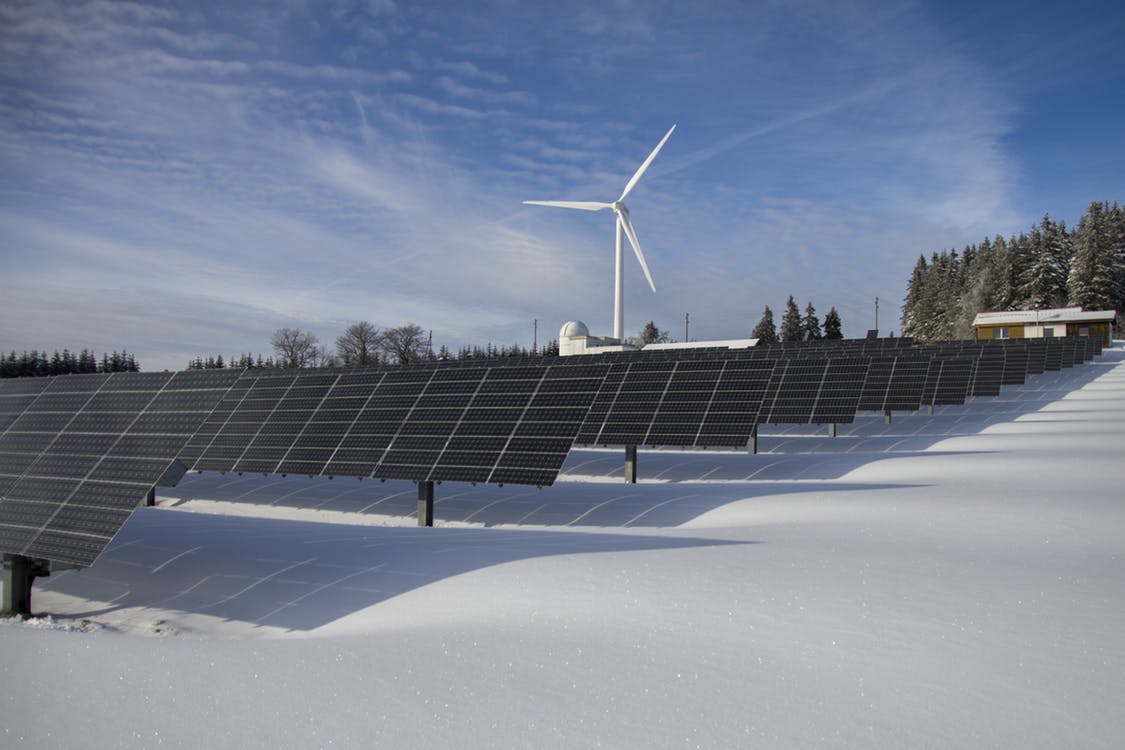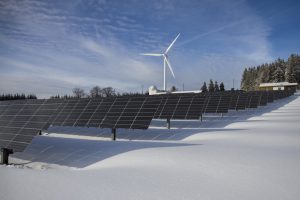“Dramatic” recent gains have pushed solar’s levelised cost of electricity below US$30/MWh and will see the industry break the US$20/MWh average in a decade, BloombergNEF (BNEF) has said.
New analysis from the consultancy found that utility-scale solar and onshore wind new-builds have become the cheapest option in countries home to two-thirds of the world’s population, positioning the sectors as a “risk” to existing fossil fuel capacity.
The review – published as COVID-19 and other trends unlock a worldwide surge of cheap clean power – assessed the LCOEs achieved by a 25-technology mix of 7,000 projects across 47 countries. It found “dramatic” progress for solar, wind and storage batteries over the past six months.
For utility-scale solar, BNEF’s figures document a major LCOE plunge in the past decade. From US$362/MWh in H2 2009, fixed-axis PV projects boasted US$50/MWh in H1 2020, while tracker-equipped plants have seen a similar LCOE crash (US$347 to US$39/MWh) over the same period.
The slide has allowed solar to become the cheapest energy new-build in China – where fixed-axis PV LCOEs dipped by 9% to US$38/MWh compared to H2 2019 – Australia (US$39/MWh), India (US$33/MWh), South Africa, France and various Latin American and Middle Eastern states.
According to BNEF, the technology has become a particular contender to fossil fuel rivals in Australia, China, Chile and the United Arab Emirates. The consultancy believes the cheapest PV ventures seen in these countries in the past half year will be able to score LCOEs of US$23-29/MWh.
Oil majors, utilities ahead in PV game of big players
According to the review’s lead author, BNEF energy economics analyst Tifenn Brandily, size has helped solar and wind reached new competitive heights as much as technological gains themselves.
“Since 2016, auctions are forcing developers to realize cost savings by scaling up project size and portfolios,” Brandily said. “Larger scale enables them to slash balance-of-plant, operations and maintenance expenses – and have a stronger negotiating position when ordering equipment.”
Read more: PV Tech




